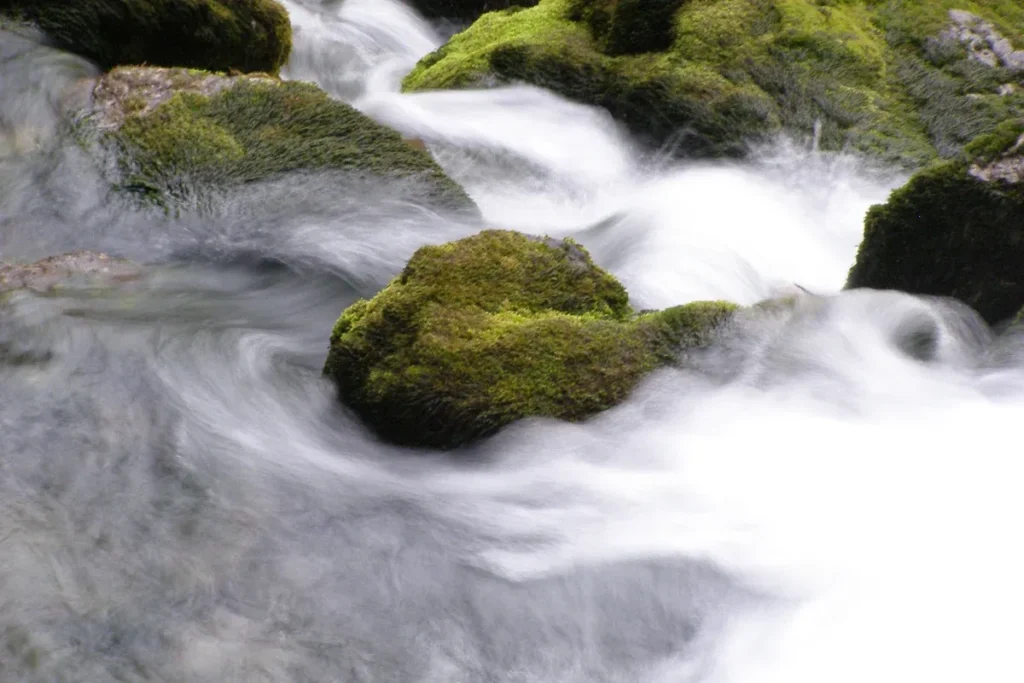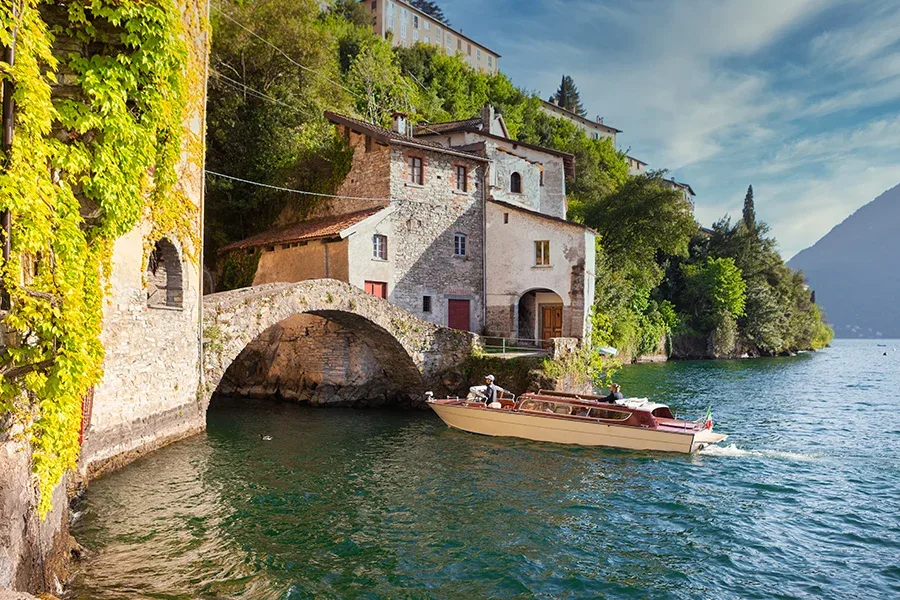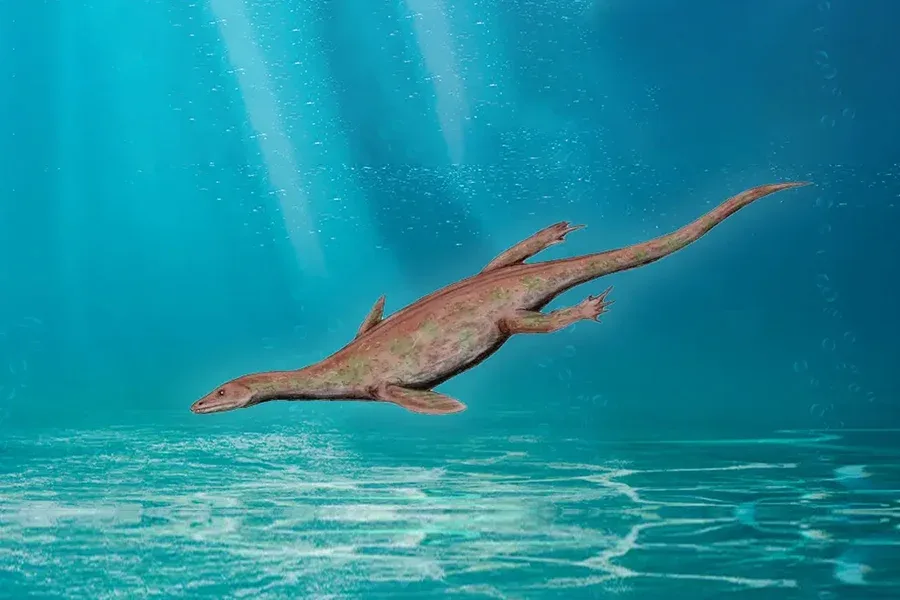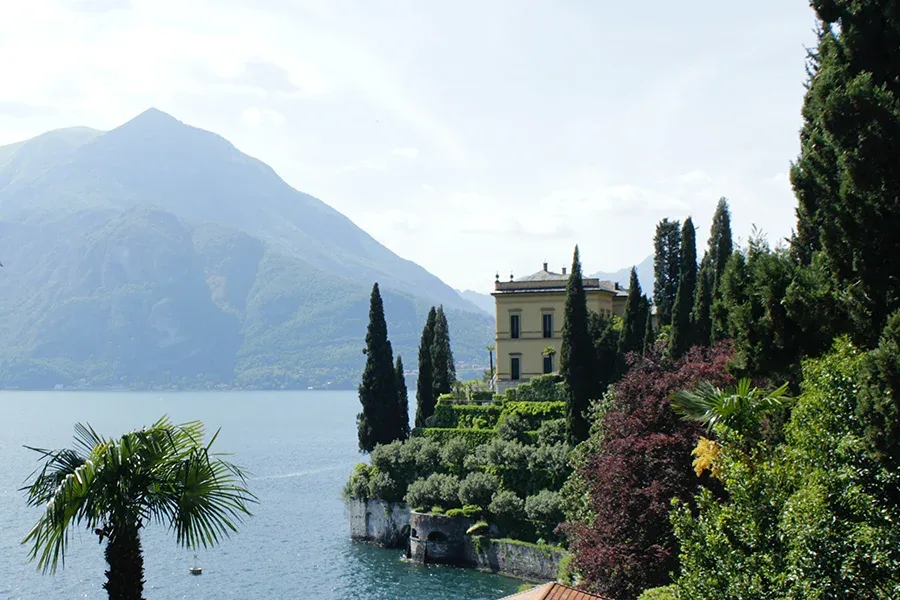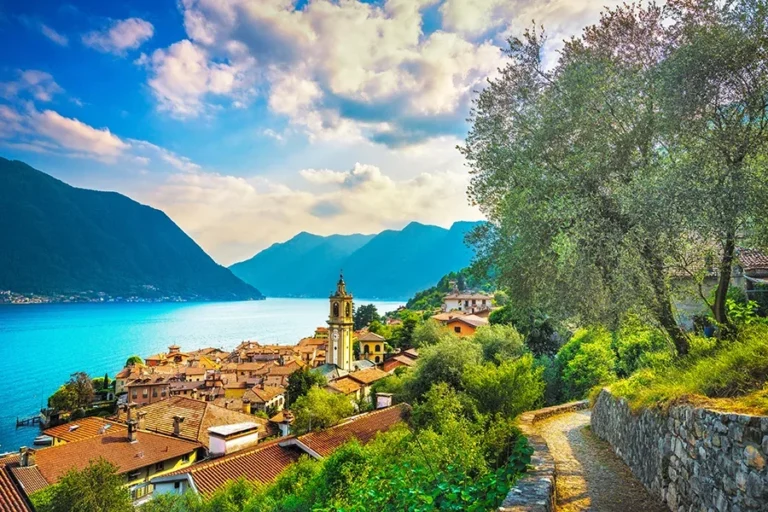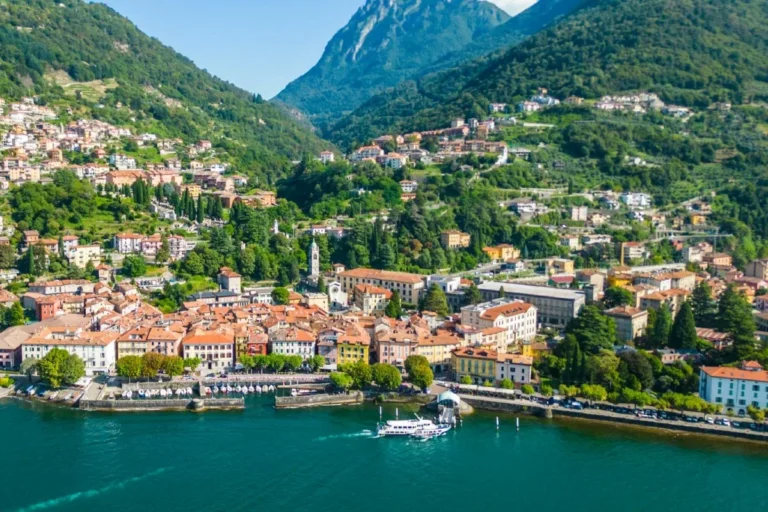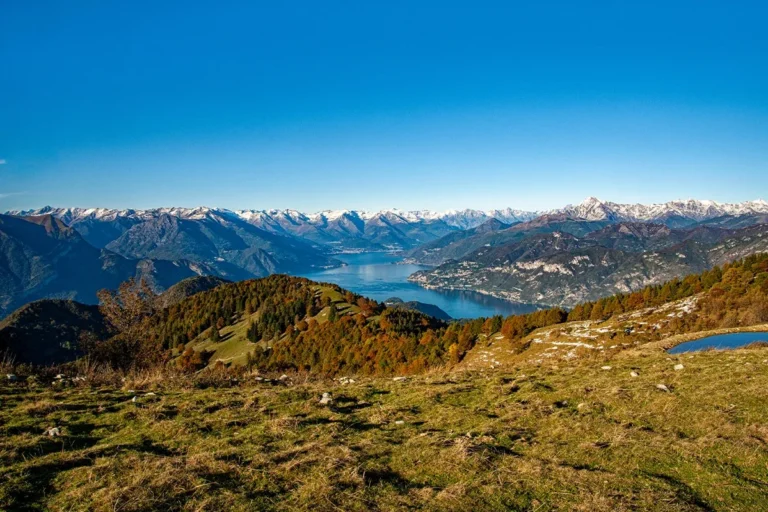Tucked away on Lake Como eastern shore, there’s a quirky little natural wonder that plays by its own rules, and it’s been puzzling and delighting folks for centuries. I’m talking about the Fiumelatte, a river that’s famously short, brilliantly white, and has a habit of disappearing entirely for half the year. It bursts forth from the mountains around March and then vanishes around September, leaving behind a dry riverbed. This isn’t just a geological oddity; it’s a phenomenon so peculiar that it’s given rise to some truly captivating local myths, turning a simple stream into a living legend.
Book your stay in Varenna
The River’s Reality: A Natural Anomaly Explained (Sort Of)

We’re talking about roughly 250 meters from its source in the mountain to where it spills into Lake Como. That’s it. You could probably walk its entire length in five minutes if you were really pushing it. Then there’s its color. It’s not just clear water; it’s distinctly milky, almost white. That’s down to the sheer force with which the water emerges from the rock, aerating it like a cappuccino, and also likely carrying a good amount of calcium carbonate, which gives it that pale, frothy appearance.
But the biggest head-scratcher is its schedule. Fiumelatte is basically a seasonal performer. It roars to life around March, often coinciding with the snowmelt and spring rains from the Grigna mountains. It flows with surprising power and volume throughout the spring and summer, only to then completely dry up by September or October, leaving nothing but a rocky bed until the following year.
Geologists reckon it’s fed by a massive underground siphon system within the Grigna range – a natural plumbing system that fills up and overflows, then empties out. So, while we have theories, witnessing a whole river just turn off for months still feels like a minor miracle.
Whispers of the Ages: The Myths of Fiumelatte
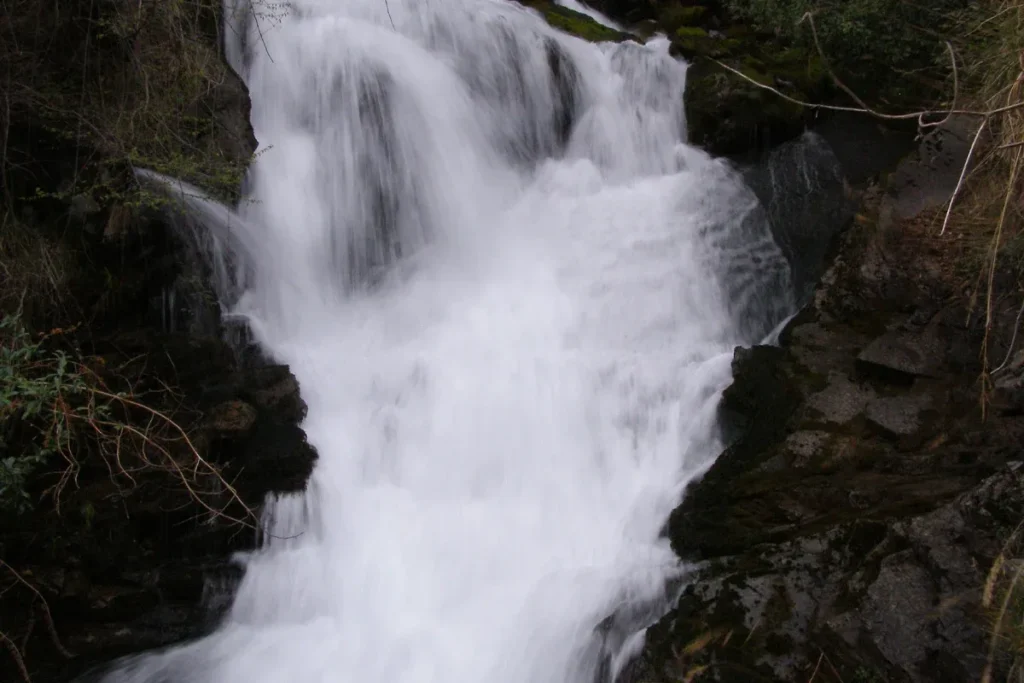
Alright, so we’ve covered the “science” of Fiumelatte – the short length, the white color, the on-and-off schedule. But let’s be honest, for centuries, before fancy geological explanations, a river that just decides to vanish for half the year demands a far more dramatic story.
The stories folks would tell often centered on the idea of something immense, something powerful, controlling the river’s flow. You might hear whispers of a colossal, ancient creature, perhaps a sleeping giant deep within the Grigna mountains. Its great, slumbering breaths would somehow govern the river’s appearance: when it breathes out, the waters surge; when it draws a long, deep breath and falls silent, the river simply vanishes.
The best-known story tells of a beautiful maiden with blue eyes and blonde hair, surrounded by suitors. She promised her heart to whoever could reveal the origin of the Fiumelatte. However, the young men who entered the cave emerged much later, but prematurely aged. Two of them recounted evocative adventures amidst splendor, wonders, beautiful maidens, and sweet melodies that suddenly ceased, leaving them old and alone to wander the narrow cavities of the cave. The third, however, remained mute, paralyzed by who knows what vision.
Fiumelatte’s Famous Observer: Leonardo da Vinci’s Curiosity
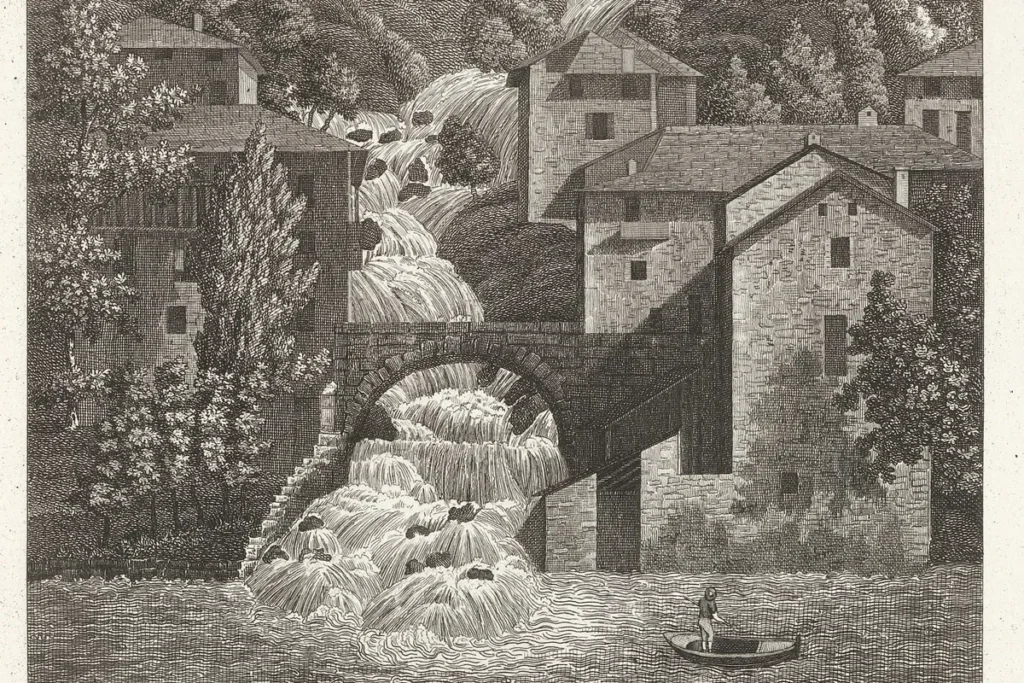
Now, for a river so small and so quirky, you might not expect it to have attracted the attention of one of history’s greatest minds. But the Fiumelatte did exactly that. None other than Leonardo da Vinci himself, that absolute polymath, was captivated by this little natural anomaly and wrote about that in his Codice Atlantico.
Leonardo, as you probably know, wasn’t just about painting masterpieces; he was deeply fascinated by pretty much everything, especially the mechanics of the natural world. He studied water in all its forms – its flow, its power, its mysteries. So, it makes perfect sense that Fiumelatte, with its bizarre on-again, off-again schedule and its milky-white rush, would pique his intense curiosity. He actually sketched the river in his famous notebooks, trying to understand its unique intermittent flow. It’s a pretty cool thought, isn’t it?
Visiting Fiumelatte: Catching a Glimpse of the Myth
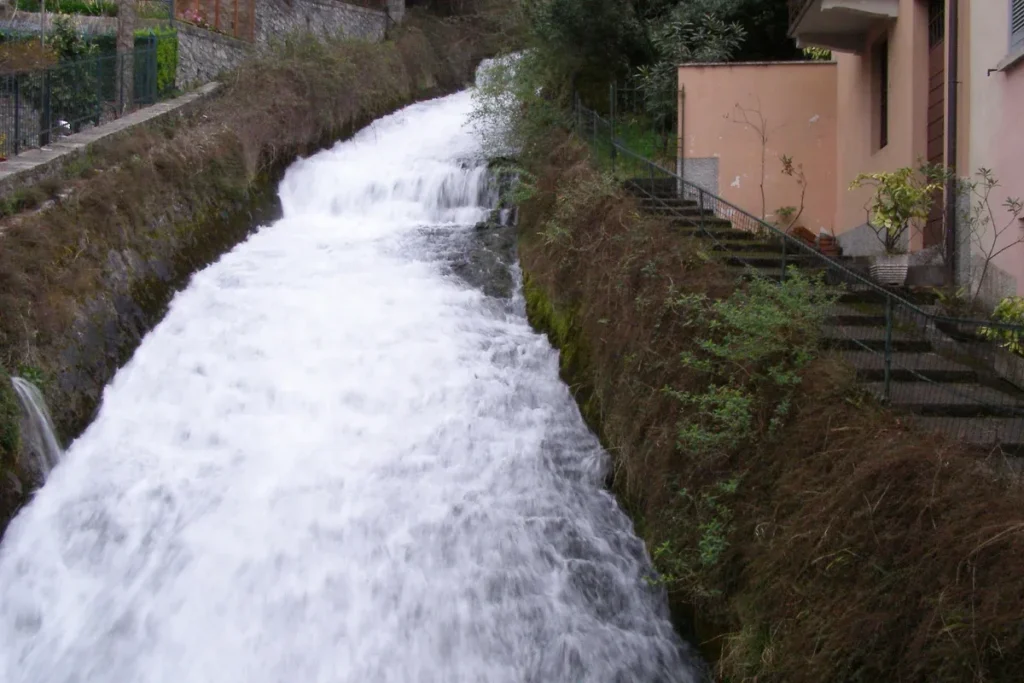
The river spills into the lake right by the charming village of Fiumelatte, which is just a short hop south of Varenna. You can easily reach it with a quick walk from Varenna’s center or its train station, or if you’re driving, there’s usually a small spot to pull over nearby.
Now, for the crucial bit of advice: timing is everything with this river. Remember, it’s an intermittent performer. So, to witness the milky-white waters actually flowing and hear that surprising roar, you absolutely need to plan your visit between March and September. Outside of those months, you’ll just find a dry, rocky riverbed, which, while still interesting for its geological oddity, lacks the drama of its full flow.











